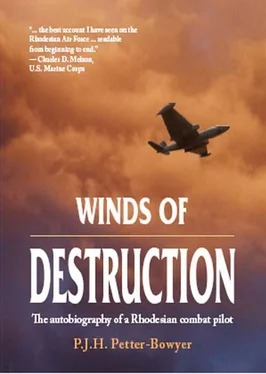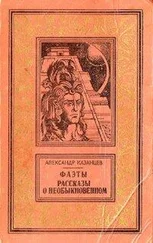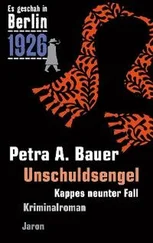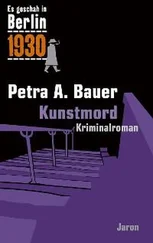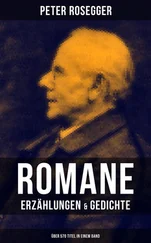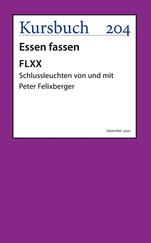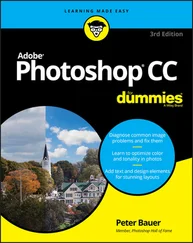Peter Petter-Bowyer - Winds of Destruction
Здесь есть возможность читать онлайн «Peter Petter-Bowyer - Winds of Destruction» весь текст электронной книги совершенно бесплатно (целиком полную версию без сокращений). В некоторых случаях можно слушать аудио, скачать через торрент в формате fb2 и присутствует краткое содержание. Город: Solihull, Pinetown, Год выпуска: 2012, ISBN: 2012, Издательство: Helion & Company, 30° South Publishers, Жанр: Биографии и Мемуары, на английском языке. Описание произведения, (предисловие) а так же отзывы посетителей доступны на портале библиотеки ЛибКат.
- Название:Winds of Destruction
- Автор:
- Издательство:Helion & Company, 30° South Publishers
- Жанр:
- Год:2012
- Город:Solihull, Pinetown
- ISBN:9781908916754
- Рейтинг книги:5 / 5. Голосов: 1
-
Избранное:Добавить в избранное
- Отзывы:
-
Ваша оценка:
- 100
- 1
- 2
- 3
- 4
- 5
Winds of Destruction: краткое содержание, описание и аннотация
Предлагаем к чтению аннотацию, описание, краткое содержание или предисловие (зависит от того, что написал сам автор книги «Winds of Destruction»). Если вы не нашли необходимую информацию о книге — напишите в комментариях, мы постараемся отыскать её.
Winds of Destruction — читать онлайн бесплатно полную книгу (весь текст) целиком
Ниже представлен текст книги, разбитый по страницам. Система сохранения места последней прочитанной страницы, позволяет с удобством читать онлайн бесплатно книгу «Winds of Destruction», без необходимости каждый раз заново искать на чём Вы остановились. Поставьте закладку, и сможете в любой момент перейти на страницу, на которой закончили чтение.
Интервал:
Закладка:
Thought was immediately given to mounting a new operation as it seemed certain there would be many vehicles moving along the main tar road running north from Vanduzi to collect fleeing ZANLA. The Selous Scouts’ mobile column could be expected to have a fine time if diverted to this new task, but it was too late to do this as Day Three drew to its close.
During the night of Day Three, an early-warning callsign posted to the south reported FRELIMO tanks with deployed infantry advancing towards them along the narrow vehicle track leading to the base. The 25-pounder guns were given appropriate co-ordinates and commenced firing. Following two corrections, the guns straddled the tanks with a full salvo. This had the desired effect. The infantry scattered and the tanks, one trailing smoke, high-tailed back from whence they had come.
Unfortunately no details were available to undertake a follow-up operation on fleeing CTs with any degree of certainty. In the meantime, our eavesdropping services reported considerable FRELIMO radio traffic that showed FRELIMO was moving in strength towards the ZANLA base. The risks involved in pursuing ZANLA outweighed the advantages to be gained because, by driving ZANLA from its main base and substantially disrupting its incursion plans, Op Miracle’s primary objectives had already been achieved. It was decided instead to recover forces in daylight on Day Four with small stay-behind parties remaining in hiding to watch for opportunity air targets.
The stay-behind units remained on the high ground around the base to observe activities throughout the following week. During the morning of 3 October 1979, Day Five, they reported the presence of a large FRELIMO armoured column that had interrupted its northbound journey towards Cruzamento village to give Monte Casino a thorough going-over with accurately placed cannon fire.
At Cruzamento village the armoured column based up and was joined by additional FRELIMO forces that came in from the east. There was a great deal of activity amongst the men and vehicles of the concentrated force, which appeared to be preparing to launch a night-time retaliatory attack against the nearby RSF permanent base at Ruda. In COMOPS we decided it was important to break up the force to drive FRELIMO back east. The Air Force was tasked to do this.
First strikes went in at around 13:00 against concentrated men and vehicles. First over target were Canberras flying low and fast to deliver Alpha bombs against exposed personnel. Next came Hunters attacking with Golf bombs, Matra rockets and 30mm cannons. The strikes inflicted high casualties with the destruction of a number of vehicles, but this only had the effect of bringing about a limited dispersion of the force.
A heavy haze lay over the entire area due to smoke still drifting from the ZANLA base and dense black smoke rising from burning vehicles. Although these conditions made observation of FRELIMO’s activities difficult, the Scouts OPs could see enough to establish that FRELIMO was regrouping in preparation for their planned action. The Air Force returned as soon as the jets had rearmed; but this time disaster struck in consequence of poor visibility caused by smoke and heavy haze.
It started when Flight Lieutenant Kevin Peinke and his navigator, Flight Lieutenant ‘JJ’ Strydom, struck one section of FRELIMO forces that were straddled either side of a section of road. They were on top of the first men and vehicles before seeing them but managed to release half of the bomb load amongst others ahead. Kevin decided to reverse direction and, using the dust and smoke from his first strike, bomb that part of the target he had seen first. This was an unusual and fatal error of judgement. Other enemy elements concentrated close by had seen the Canberra turning back and were fully prepared with every gun when the bombs were released.
The Canberra lost both engines, forcing Kevin to convert excess speed to height for a powerless glide towards the border. It can only be assumed that Kevin waited for ‘JJ’ to get from his bomb-aimer position in the aircraft nose back to his ejector seat, but time was too short. Both men died when the Canberra crashed short of the border.

Hunter pilots flying that afternoon said they had experienced great difficulty in judging their height above ground due to the appalling haze. This is possibly why Air Lieutenant Brian Gordon was seen to fly into the ground when making a rocket attack against armoured vehicles. His recovery from the dive was either made a fraction too late or he may have been hit. The sad facts were that we had lost another fine airman and our Hunter fleet was now reduced to eight aircraft.
Op Miracle had been successful but the cost to Rhodesia was unacceptably high. Two airmen and an RLI officer had been lost, together with an Alouette, in the high-density operation performed in direct support of Op Miracle. One Selous Scout was killed whilst clearing trenches on Day One. Another was killed and three seriously injured on Day Three when a captured weapon exploded as it was being made safe. Then on Day Five the Air Force suffered the loss of three officers, a Canberra and a Hunter.

Chambeshi bridges-Zambia

PRIOR TO MY ARRIVAL IN COMOPS, plans had been made to pressurise Zambia into making better use of its southern rail route through Rhodesia to the ports of South African. Although an economics issue, it fitted well with military plans to deny ZIPRA the rail and road facilities needed to transport war equipment from Dar es Salaam to Lusaka. The plan involved the destruction of the Tanzam rail and road bridges across the Chambeshi River situated a great distance northeast of Lusaka. Whereas the SAS had been fully prepared for this task, it had been shelved because ‘political repercussions’ remained a big concern at that time.
By August 1979, there had been substantial changes in political thinking and, because world reaction to our recent external operations had been less than expected, Operation ‘Cheese’, was on the action board again. Although there were other externals on the go, Op Cheese was the most exciting one to follow because it was so audacious and was the longest-range operation ever undertaken by any of our ground forces. The two Chambeshi bridges, lying half a kilometre apart, were almost 800 kilometres from the still-secret Air Force base at Fylde from which the operation was launched.
We were still getting over the shock of the Canberra and Hunter losses that day when Jack Malloch set off from Fylde to drop a four-man SAS free-fall pathfinder team from his DC7 into the target area. Things did not work out as planned near the bridges because one parachute failed to open, costing the team the loss of its canoes. In consequence, there was a long walk to recce the bridges and an equally long walk back to the rendezvous point to take the night drop of another twelve men.
This drop was successfully conducted when the DC7 returned around midnight on 8 October. From there the sixteen-man team had to make its way upstream to the bridges in heavily laden canoes and a powered inflatable dinghy. The Chambeshi River was flowing more swiftly than expected and this delayed arrival at the targets until the night of 11 October. Once there, the bridges were rigged for demolition in the manner the SAS had pre-planned and practised. Whilst the explosive charges were being placed, two of the team members set up a roadblock to hijack a suitably large vehicle. This was necessary to transport the whole team with canoes and dinghy to a remote position in far-off Luangwa Game Reserve for uplift to Rhodesia by Cheetah helicopters.
Читать дальшеИнтервал:
Закладка:
Похожие книги на «Winds of Destruction»
Представляем Вашему вниманию похожие книги на «Winds of Destruction» списком для выбора. Мы отобрали схожую по названию и смыслу литературу в надежде предоставить читателям больше вариантов отыскать новые, интересные, ещё непрочитанные произведения.
Обсуждение, отзывы о книге «Winds of Destruction» и просто собственные мнения читателей. Оставьте ваши комментарии, напишите, что Вы думаете о произведении, его смысле или главных героях. Укажите что конкретно понравилось, а что нет, и почему Вы так считаете.
